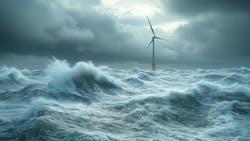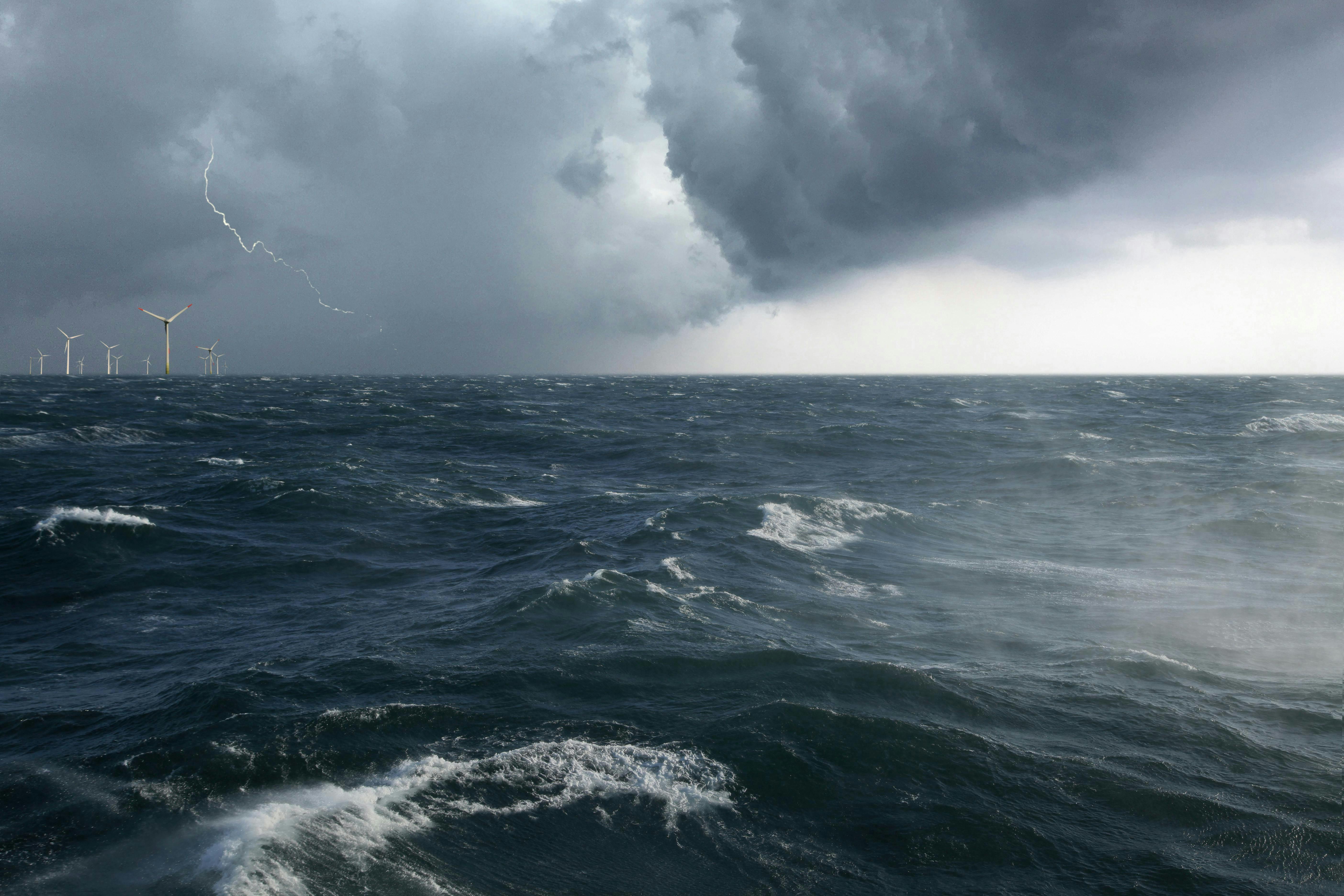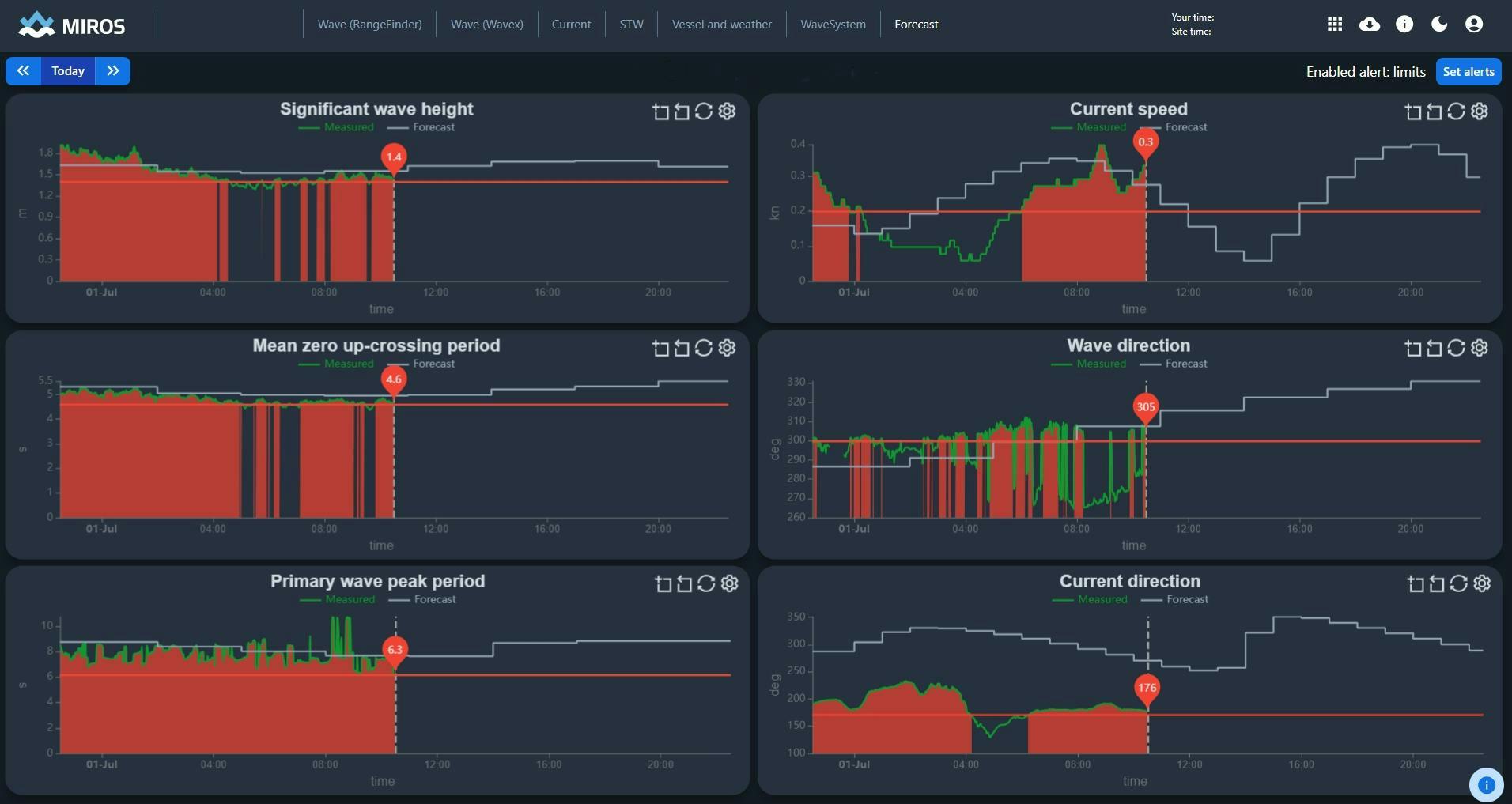Wave height volatility threatens offshore wind efficiency
Key Highlights
- Rising sea temperatures and wave height volatility are shrinking operational windows for offshore wind farms.
- Advanced real-time monitoring systems combined with AI forecasting significantly improve prediction accuracy.
- A DanTysk wind farm case study illustrates how integrated technology solutions adapt to increasing weather volatility, ensuring safety and operational resilience.



